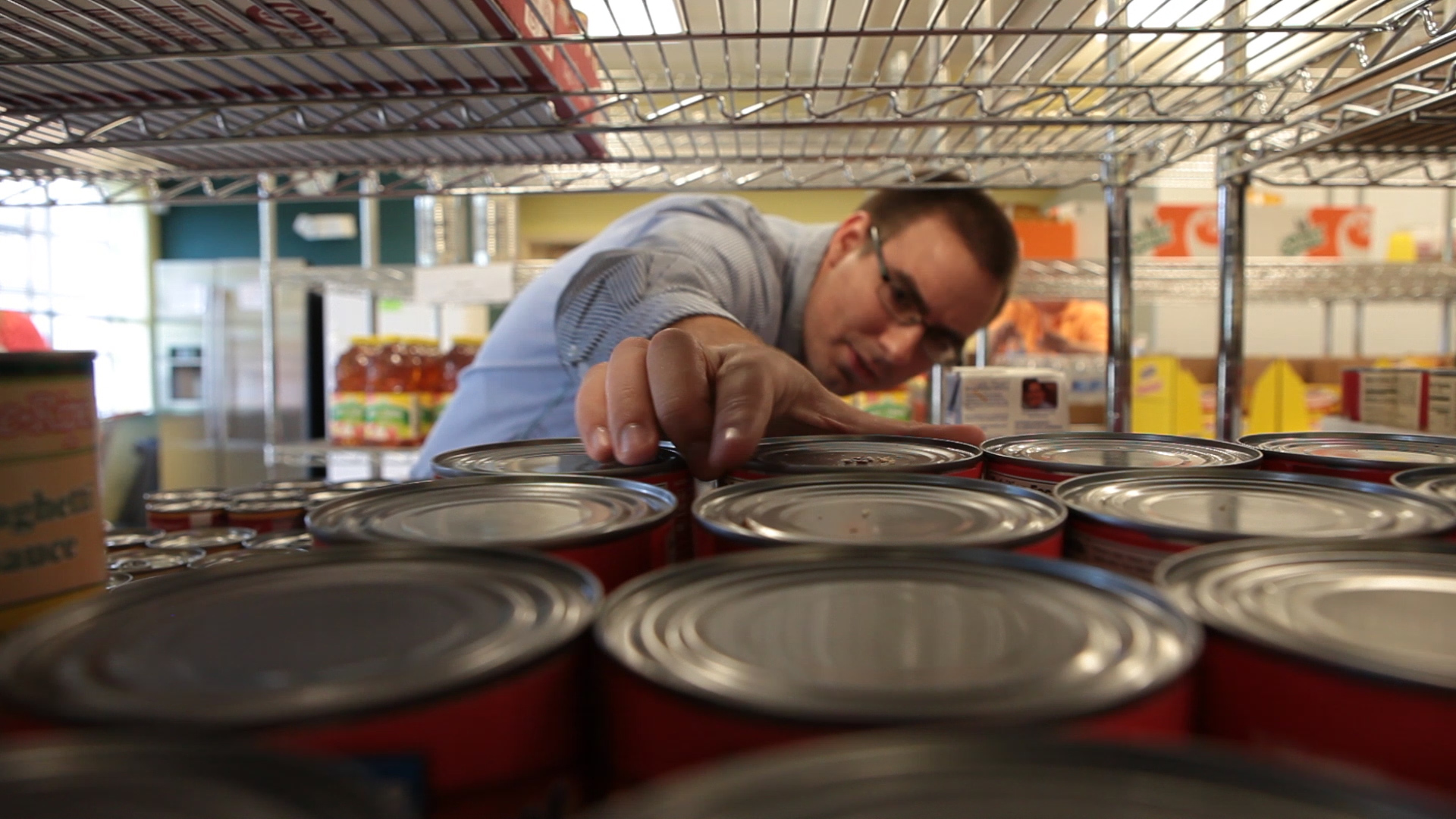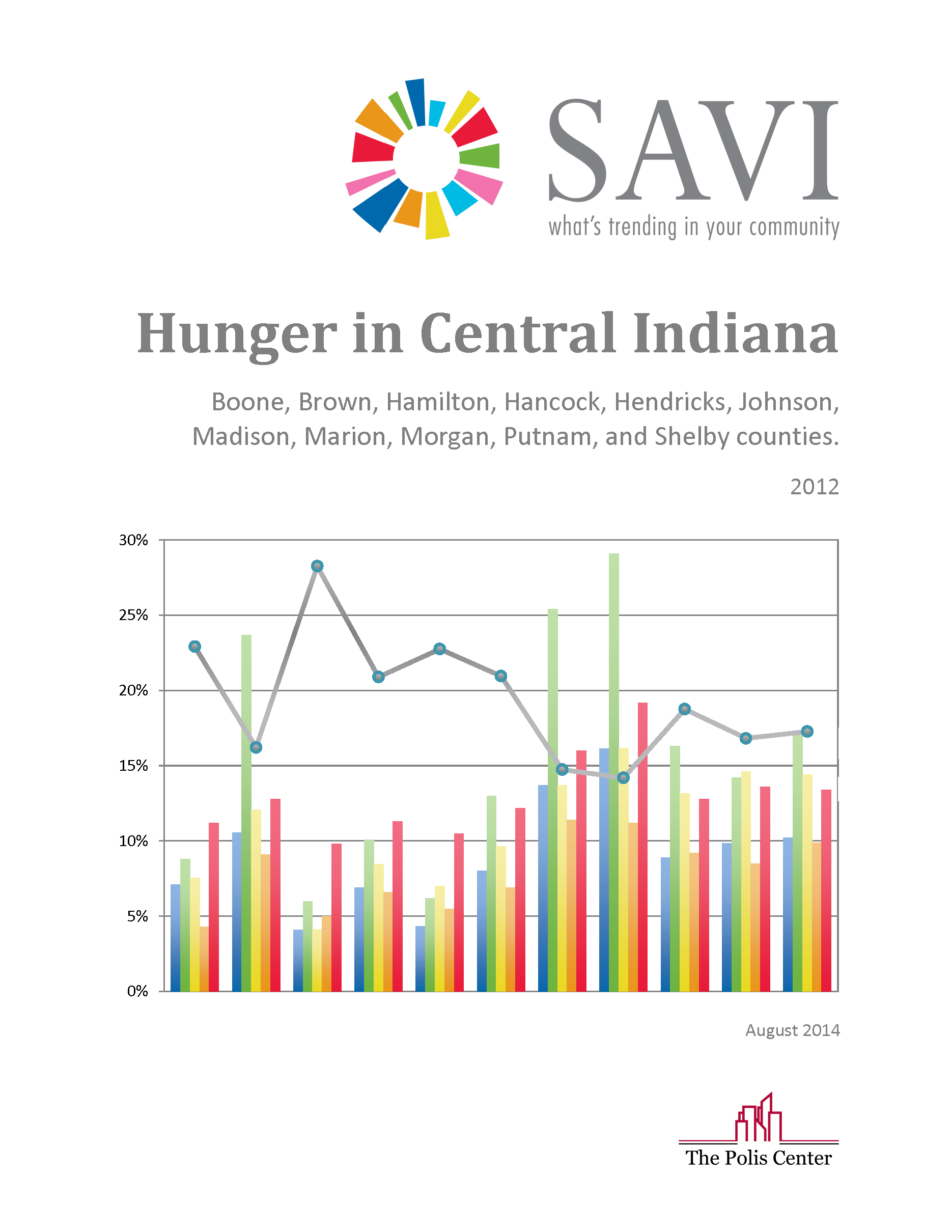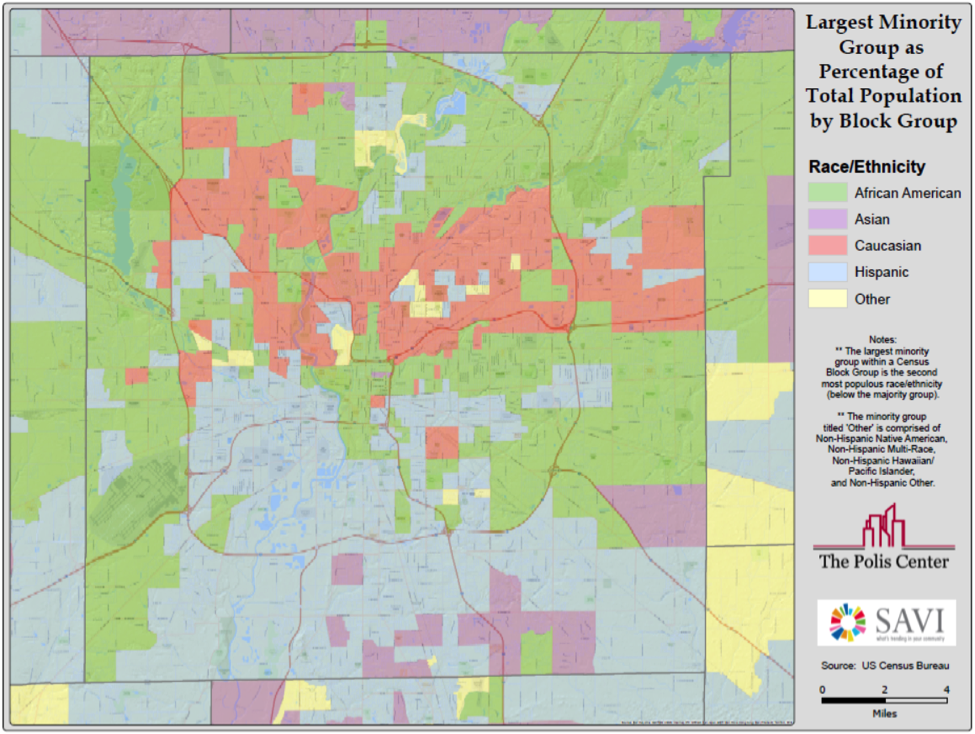At a time when families are experiencing more economic hardship and the need for services is increasing, nonprofits are continually forced to do more with less funding, fewer staff, and fewer resources. As reported in The Nonprofit Times, there were 10,000 fewer registered tax-exempt organizations in the US in 2012 than in 2011. With the number of nonprofits down, and the need for services up, how can the community support its residents’ needs? Faith-based organizations can play an important role in providing services to those in need.
There are some religious denominations that have well-established service arms in place, such as Catholic Charities, which provides mental health services, senior services, shelters, food pantries, and a variety of other services. Congregations themselves, however, are often overlooked as potential partners to addressing human needs, yet an increasing number of congregations are providing these types of services as part of their outreach ministries. Congregations are part of the permanent fabric of our communities, they are a trusted resource, and many of them provide, or could provide, some of the services needed most in our communities. Congregations also can offer a way to reach people of certain cultures or religious faiths that might not seek support from other organizations.
4 Ways Congregations Make Good Partners:
Think of congregations as potential partners, where you would all work toward the same goal but have a bigger impact because you are pooling resources and coordinating efforts. Here are four ways congregations can help address community needs:
- Provide volunteers. Second Presbyterian Church is an excellent example of this in action. It commits volunteers (and financial support) to 19 nonprofits in Indianapolis.
- Provide Donations. Congregation members looking for other ways to help the community without direct service can do so by donating goods. Several congregations run food drives and supply drives for the benefit of nonprofit organizations. For example, the Indianapolis Hebrew Congregation collects clothes, toys and household items to benefit the Crooked Creek Multi-Service Center.
- Support Basic Needs. Many congregations provide emergency food, clothing, housing assistance, utility assistance, and hot meals to those in poverty or who have fallen on hard times. Central Christian Church in downtown Indianapolis, for instance, has a food pantry, a thrift store, and free clothing. A portion of the funds taken in through the thrift store are donated to other congregations and nonprofits to support their work.
- Provide Other Human Services. Other congregations go beyond addressing the basic needs by providing programs that are intended to help individuals and families out of poverty or out of their current situation. These include such services as employment training, life skills training, mental health services, and child education programs. Eastern Star’s Jewel Human Services provides many of these services directly or through financial support to several nonprofits.
Identify Potential Partners: What Congregations are Located in My Community or Service Area?
According to SAVI and the Center for Congregations, there are nearly 1,700 places of worship in Central Indiana. SAVI maps these congregations to allow you find them by neighborhood or service area through the Community Profile Tool. Just select the community you are interested in, click “View Profile,” and click on the Assets tab.
Understand the Religion Landscape of Your Community – 2 Resources
According to the Digital Atlas of American Religion, 38% of the population in Marion County claims to adhere to some type of religion, but unlike some communities that are dominated by one or two denominations, Indianapolis is very diverse. Catholics are predominant, but only represent 11% of the population.
What does these mean for collaborations? Religion in Indianapolis has helped shape the community, and understanding the religion diversity in your community is important for many reasons. It will help you understand the population you serve, it will help you understand the climate in which you are working, and it effects how you collaborate and with who. Working in a community dominated by one denomination is very different than working in a more diverse community.
Different religions and denominations have different cultures, and understanding those differences and the patchwork that makes up your community will help you be more successful in collaborating with congregations in that environment.
Here are 2 resources to help:
- The Digital Atlas of American Religion(DAAR), just released this week, allows you to explore the religion diversity of each county in your area for the big picture view of the religion landscape. In Marion County, for instance, the predominant denomination group is Catholic, but at 11% of the population, it is not a large proportion. 5.2% are Baptist, 5.0% Methodist, and 4.7% Christian and Restorationists.
DAAR allows you to explore religion and US Census data from 1890 to 2010 using several types of visualizations beyond the traditional map. It also allows you to download the data. Check it out.
2. The SAVI Community Information System allows you to map the precise locations of places of worship color-coded by denomination so you can explore the religion diversity within your community or service area.
Two great resources for engaging faith-based organizations:
- Engaging and Partnering with Faith-Based Organizations in Initiatives for Children, Youth, and Families: This is a very nice toolkit. Most of the concepts are transferable to other initiatives beyond children, youth, and families as well.
- The Indianapolis Congregation Action Network (IndyCAN): IndyCAN develops leadership of people of faith at the grassroots level to achieve power for positive change in the areas of housing, health, public safety and criminal justice, and pathways to opportunities. IndyCAN is actively talking about ways to develop solutions to problems and has engaged 20 members congregations in Marion County. IndyCAN is part of a national network called PICO National Network. Learn more about its community organizing model here.
Have you considered joining forces with a congregation to collectively address the needs of your community?






